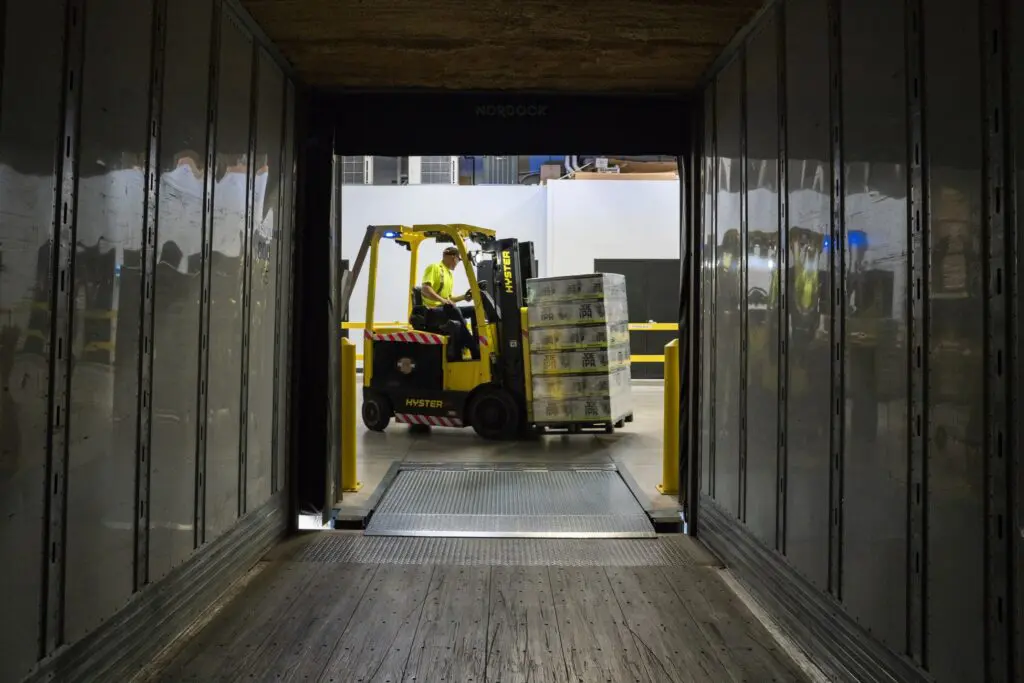An inventory stockout is one of the worst nightmares of retailers. Stockouts happen when the business owner fails to order enough inventory to satisfy the demand and the inventory of a specific product runs completely out. The out-of-stock problem creates a lot of discontent for the customers. They not only get disappointed by your service but also the customer loyalty level drops.
A dissatisfied customer is one problem, however, there are other negative effects. For example, the stockout cost, damaged brand reputation, slow business growth and lost customers. In 2015, CNBC estimated that the stockouts accounted for $634.1 billion in lost sales, which is 39% higher compared to 2013. And these stockout cost estimations were for just one industry. But the stockout problem doesn’t happen by magic. Keep reading to find out why the inventory stockout problem happens and how you can solve it.
Why Inventory Stockout Happens
The inventory stockout happens for 3 main reasons:
- Data inaccuracy – the shipment methods, returns, stolen products, and misplaced products make it very hard to have exact numbers of inventory. The inventory numbers on paper and in-store usually don’t match, which makes it hard to have accurate re-ordering of products.
- Inefficient stock counts – when you don’t have accurate data, you will inevitably end up in wrong product ordering. Also, you may face this problem when your products sell out faster than you can re-stock, and you sell out in-high-demand products. Inefficient stock counts do not only lead to stockout, but they can also force you into an excess inventory situation.
- Poor management of processes – you will still face out-of-stock problems if you fail to properly manage the processes, employees, and technology. That’s why you will need to invest in these 3 areas. This is a cost-effective approach as the problems of poor management will cost you more than your investments.
Real-Time Inventory Tracking
The first thing you need to consider before proceeding to the actual solution is to have a real-time inventory tracking method that is reliable. If you want to avoid the out-of-stock issue, you need to start tracking your current inventory in such a way that will minimize the probability of error. To handle the current amount of physical inventory and update it accordingly, per demand, regular stock counts must be conducted. There are two ways to count the stock availability: cycle counting and full inventory counts.
Cycle counting is more appropriate for stores that do not close. It involves counting and checking a small selection of SKUs (stock counting units) on a daily basis until you can cycle count through your whole product catalog. Full inventory count entails spending several hours to count every product in the store. These calculations usually take place after you close your store. Whatever method you choose for your store, you need to conduct the calculation process according to specific timeframes, such as once a month, or once every quarter. Keeping a real-time inventory tracking is the first step towards avoiding both stockout and excess inventory problems.
Avoid a Stockout by Demand Forecasting
Demand forecasting is the process of using previous data to develop an estimate of the expected forecast of the demand. It helps to get an estimate of the number of goods that a typical customer will purchase in the future and helps keep stock control. The estimations are all based on previously collected historical sales data. Demand forecasting will help you solve the stockout problem.
The main reason why you need to track your inventory is to collect enough data to make predictions and forecasts. The process of inventory management is essentially finding balance between supply and demand, and avoiding excess inventory or inventory stockouts. To find this balance, you need to track the inventory demand history and spot specific patterns associated with each inventory item in your warehouse. There are two methods of inventory tracking: you can do that either manually or use demand forecast software. You need to pay attention to weather trends, fashion trends, and other events that can affect the way you need to keep stock control.
Manual or Software Data Collection: Which One Is More Accurate?
When choosing between manual data tracking and software solution, it’s best to rely on the one that will provide you with the most accurate information. Manual demand forecasting entails collecting information manually and inputting the data into an excel spreadsheet. This method is also called excel inventory management. The software solution is an automated version of data collection that’s implemented with the help of machine learning technology.
In the battle of forecast software vs excel spreadsheet, both have their pros and cons. However, when it comes to the accuracy factor, the software solution is definitely winning over any manual work. Manual inventory management via spreadsheets is often the cause of inaccurate data problem. According to a study of errors in 25 sample spreadsheets, 15 workbooks contained a total of 117 errors. Around 40% of those errors had little impact on the businesses. However, according to the researchers’ estimates, massive losses of $4 million to $110 million were caused by 7 errors. In the case of software, the data is more accurate as it relies on machine learning. Intuendi, a demand forecasting software, uses machine learning that takes into account all factors affecting the inventory stock (e.g. weather, fashion trends, politics, etc.) and analyzes all the information and tells you the most optimal time to replenish your inventory.
The Most Cost Effective Solution
Whether you choose spreadsheet management or forecast software, you will need to invest in either solution. We’ve already talked about the huge stockout cost, so think about this investment as a way to avoid future loss of sales. For the excel inventory management, you can invest in buying sales templates which will make it easier to make more accurate calculations. Investing in excel spreadsheets might be less expensive than getting a demand forecasting software. But the results you’ll get from the templates will still not be as accurate, as the ones generated by reliable software.
Not only small businesses suffer from poor inventory management. Back in 2014, Walmart executives reported that they were leaving almost $3 billion on the table because of the stockouts. Even a retail giant like Walmart faces the out-of-stock issue. The unproductive inventory is among the top three issues of retailers. Companies that use outdated technology of inventory management face a higher stockout cost. So if we consider the most cost-effective solution, demand forecast software would be the best pick.
Your investment in an effective and up-to-date software today will minimize the probability of bad inventory management in the future. It will not only save you money but also improve customer satisfaction. Make a smart solution and invest in a demand forecast software to avoid inventory stockouts.






